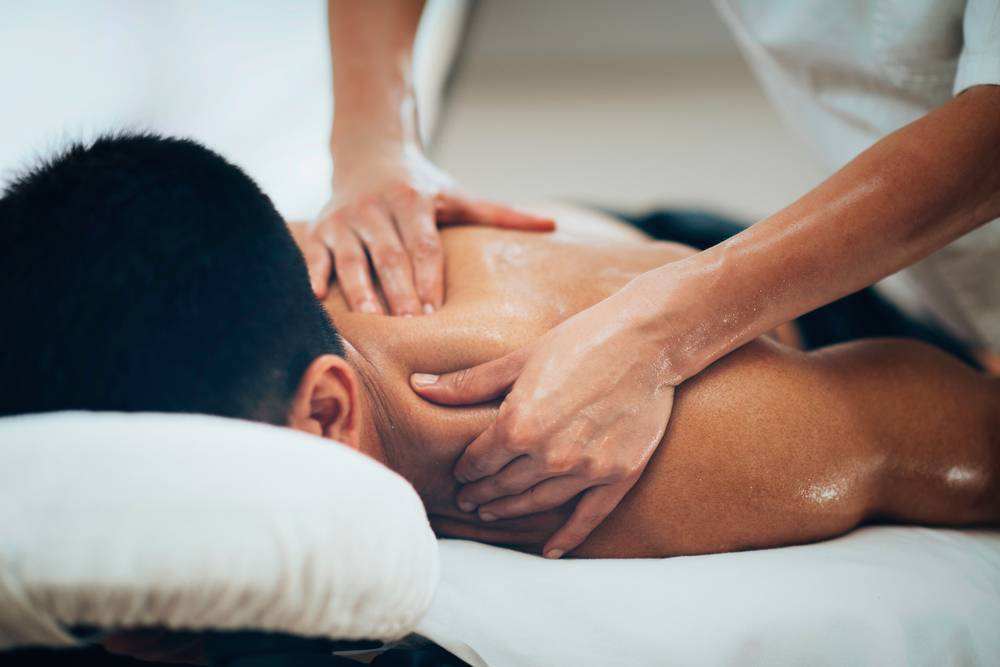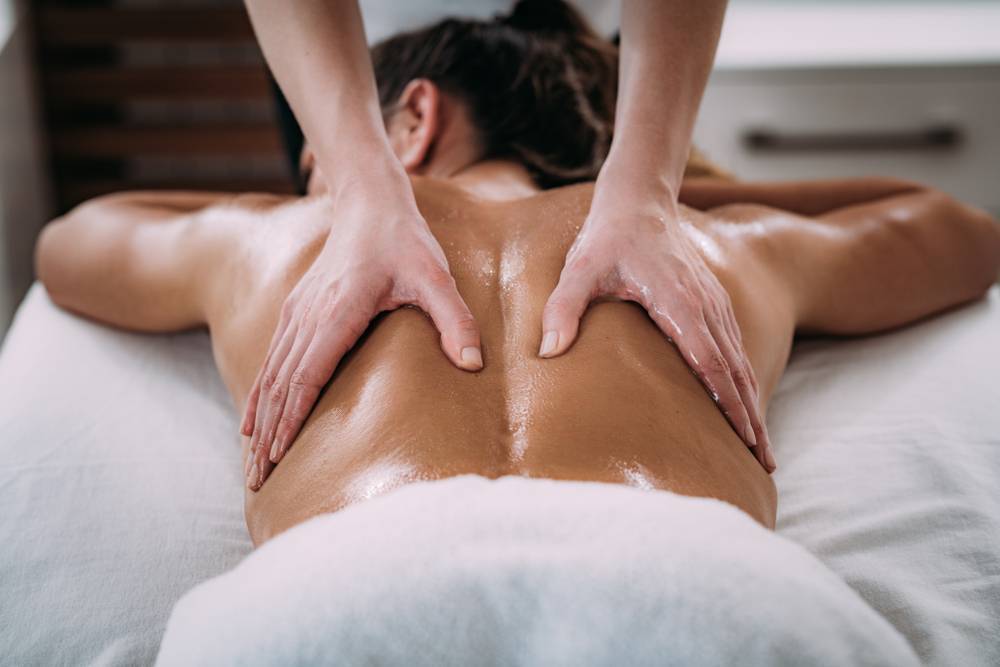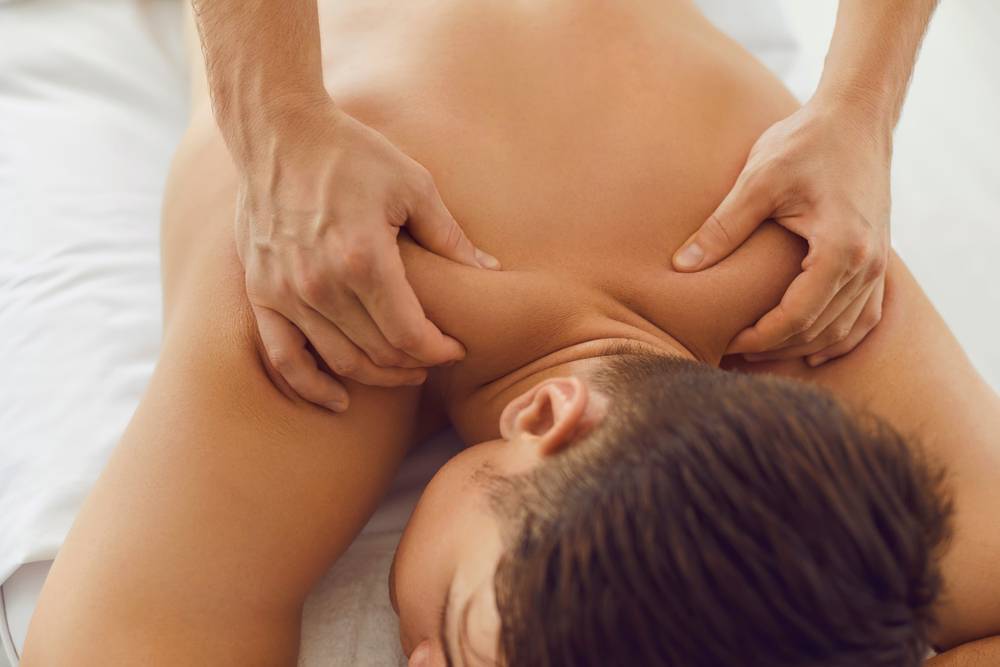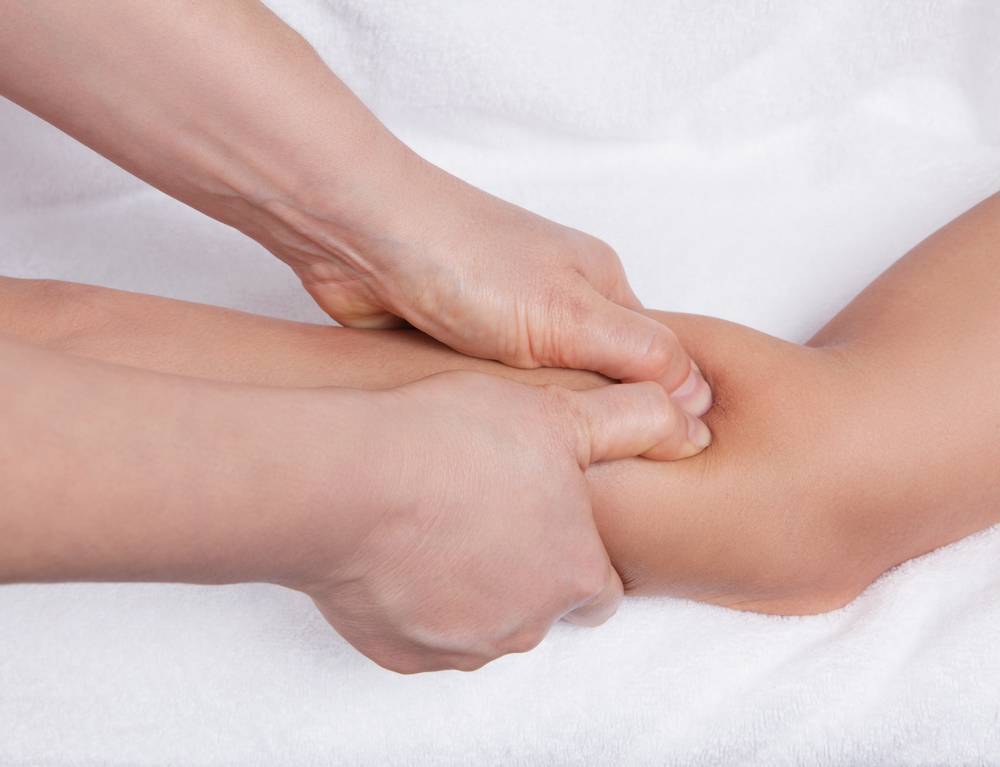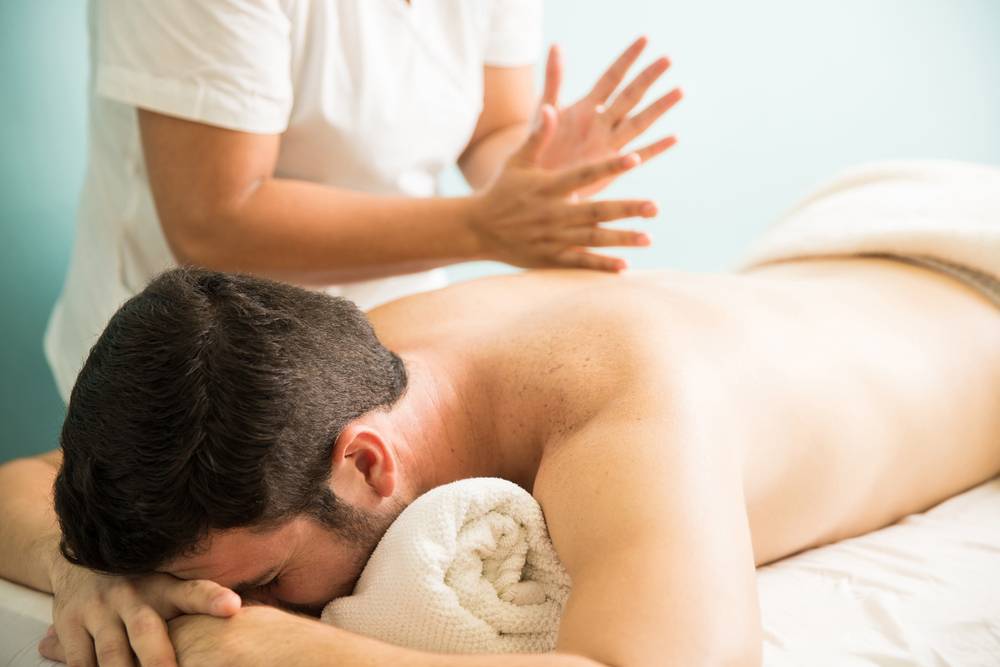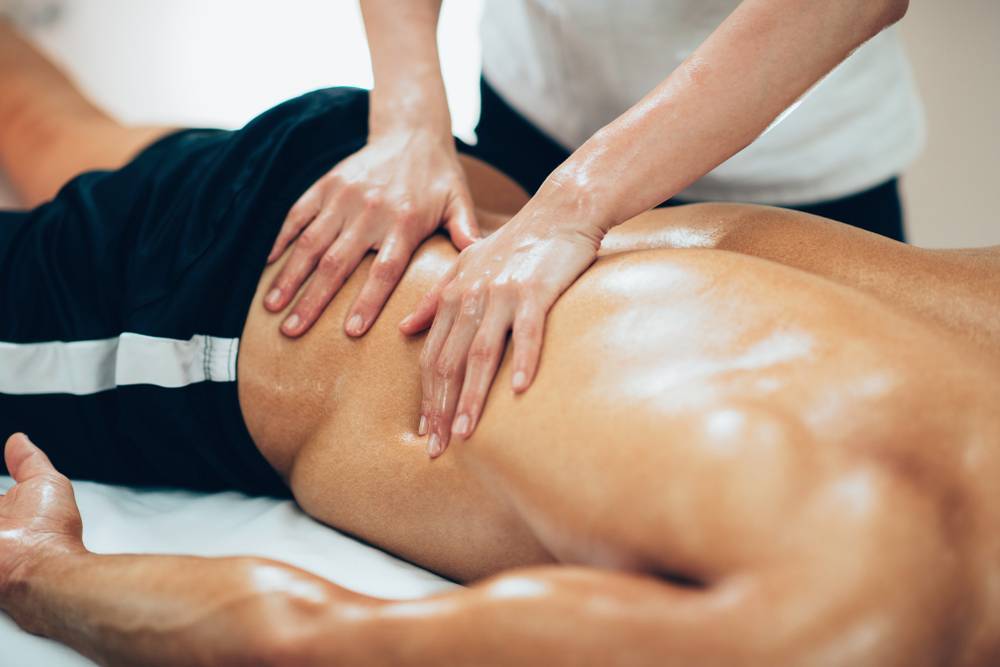What is sports massage? Contrary to the name, sports massage isn’t just for athletes. The massage techniques can be useful for both athletes and non-athletes, and help with injuries, muscle aches, inflexibility or pain. It can help to release muscle tension and improve flexibility, which anyone can experience at any point in their lives.
History of sports massage
To understand sports massage, let’s dive into its roots and how it came to be. Massage itself has a long and rich history. Both civilizations in the East and West found massage to be a natural healing therapy not only for pain and injury, but also to reduce stress and promote relaxation. Evidence of massage has been found in many ancient civilizations ranging from India, Egypt, China, Japan, Korea, Rome, Greece, and Mesopotamia.
In India, in approximately 3000 BCE (or even earlier), Ayurvedic treatments include touch therapy in the form of massage. In Egypt and China, the earliest written records of massage therapy were found. Egyptian tomb paintings depict figures being massaged by others, while in ancient China, texts documenting the benefits of massage date back to approximately 2700 BCE.
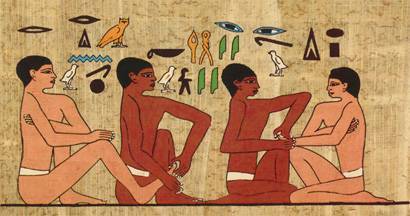
(Source: Wikimedia Commons)
Massage practices then progressed into Western civilization approximately in 8th century BCE. In 460 BCE, Hippocrates, Greek physician and the ‘Father of Medicine’, wrote: “The physician must be experienced in many things, but assuredly in rubbing.” This rubbing, or “friction” was seen as a way to treat injuries and promote healing.
Building on these principles, Greek physician (and also philosopher and surgeon) Claudius Galenus (Galen) systematically described massage methods and techniques. These methods can be applied in various ways to treat a wide range of injuries.
But what about sports massage specifically? The origins of sports massage came from Swedish massage. In the early 1800s, Swedish physician Per Henrik Ling developed the Swedish Gymnastics (also known as the Swedish Movement Cure). This system incorporated massage therapy, physical therapy, and physiotherapy all together as Medical Gymnastics.

(Source: Wikimedia Commons)
Thereafter, Dutch doctor Johann Georg Mezger refined Ling’s concept of massage therapy. When he passed his doctoral exam in 1868, his dissertation ‘The Treatment of Distorio Pedis with Frictions’ lived on to serve as the basis for Swedish massage. Mezger codified 5 specific Swedish massage techniques, which are still in use to this day:
- Effleurage
- Petrissage
- Friction
- Tapotement
- Vibration
What happens during sports massage?
An effective sports massage session incorporates a combination of the massaging techniques listed above. This stimulates the circulation of blood as well as lymph fluids. The increased blood flow speeds up recovery for sore and tired muscles. The circulation of lymph fluids, or lymphatic drainage, helps to remove waste products from tissues as well.
What do these massaging techniques mean? Let’s break it down:
Effleurage
Effleurage is a French word meaning “to skim” or “to touch lightly on”. It is composed of long, stroking movements. Effleurage is usually used at the beginning of the message to spread the massage oil and to warm up the tissues.
The long, slow stroking movements facilitate relaxation of not only the muscles but of the whole body. This is because it can stimulate the parasympathetic nervous system, release positive hormones, and lower heart rate.
Petrissage
Petrissage is a massage technique that applies deep pressure to the underlying muscles. This can involve movements like kneading, wringing, stretching, picking-and-squeezing. These movements stretches and loosens muscle fibres, breaking down tight knots and adhesions. Adhesions are fibrous scar tissue that can develop after muscular injury that causes pain and decreased mobility.
Friction
Also known as “Deep strokes”, they are deep massage movements to penetrate deep tissues. Using the ball of the thumb, deep pressure is applied in a circular, back and forth, or oblique direction to break up adhesions and loosen up tight muscles.
Tapotement
Tapotement movements produce a surface stimulus in a rhythmical, rapidly alternating pattern. This can be done in hacking, cupping, plucking, and pounding movements. Tapotement increases surface blood circulation, warming and softening muscle tissue.
Vibration
With the fingertips moving rapidly and trembling with light pressure, vibration is effective for soothing and stimulating the soft tissues and nerves. Vibration can also improve circulation.
Can everyone do sports massage?
As you know, sports massage is not only for athletes! Sports massage can be beneficial to anyone who exercises: from leisurely walkers to weekend warriors in the gym, and even avid sports enthusiasts. Sports massage can also help people who have physically demanding jobs, such as hard laborers and policemen, etc.
If you work in front of a computer all day and do not exercise regularly, sports massage can even benefit you by loosening up the muscle tightness and pain experienced from being seated at work all day.
That being said, there are definitely contraindications to doing a sports massage. They can include (this list is non-exhaustive):
- Acute inflammatory reaction e.g. first 3-days post-injury
- Acute infectious diseases (measles, chicken pox)
- Heart Disease
- Open wounds (ulcer, cut)
- Burns
- Broken bones (fractures)
- Inflammatory conditions such as gout, bursitis and rheumatoid arthritis
- Infections of the skin and soft tissues
- Deep Vein Thrombosis – blood clots in the vein, most commonly found in the calf
- Bleeding disorders such as haemophilia, blood thinning medication
- Severe varicose veins
- Tumors
- Alcohol intoxication
- Sunburns
Depending on your condition or current issue, sports massage may or may not be the right choice for you. If you are unsure, make sure to seek professional advice, and find licensed and experienced sports massage therapists who can work around your concerns.

